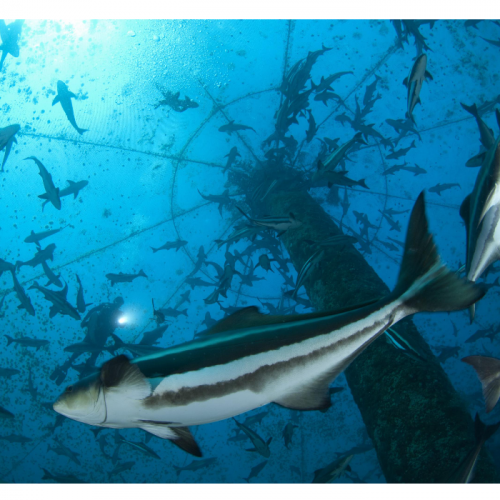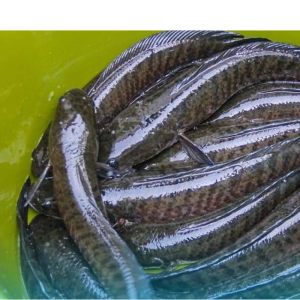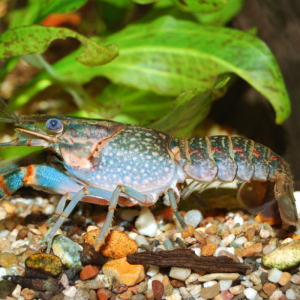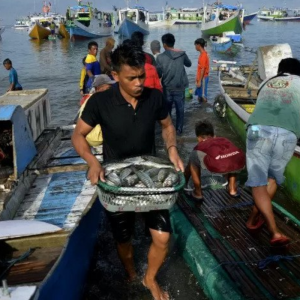
Cobia Farming Techniques
| Tue, 17 Nov 2020 - 16:11
Get fish seed
The spawning season of cobia is from April to September. The majority of fingerlings collected in the wild are from July to August. They can be caught in puddles on mud or sand on the banks of estuaries during low tide. The length of fish body is 1.5 - 3.0cm, they are abundant in brackish water. People use rackets to catch them in puddles and bring them home.
Pond
Cobia ponds are usually small in size from 0.1 to 1 ha. Pond banks must have barriers to prevent fish escaping and invading predators. To facilitate pond draining and pond drying, the pond bottom elevation should be above mean water level. There should be a ditch in the middle of the pond 2m wide towards the sluice gate, along the length of the pond to facilitate draining of water and as a shelter for fish on sunny days. The bottom of the pond is fleshy soil for the bottom algae to grow well and the hole dug on the pond bottom is not flattened like on sandy soil.
Also read: Bluegrove Aims to Change Aquaculture Via Technology – Starting with Salmon
Pond treatment before stocking
Since the goby eat algae on the bottom, it is important to make the algae grow well before stocking. To do that, it is necessary to dry the pond bottom and fertilize. For newly excavated ponds, fertilize 600 kg of stacked manure per hectare, can add rice bran, for low salinity seawater, keep the depth of 15cm. Algae and cyanobacteria will grow at the bottom of the pond.
Chironomid snails and larvae are bottom-eating algae so they must be eradicated with Bayluscide 0.3 ppm (parts per million) and second species by Abate 0.25 ppm, Sumithion 0.3 ppm or Lebaycid 0.25 ppm.
Stocking
The stocking density is 30,000 fish / ha, maximum is 50,000, Cobia is difficult to catch when it is put into the pond, and it is not necessary to distinguish the stocking size. Cobia never eat each other.
Pond management
Pond water needs to be kept clean and shallow so that sunlight reaches the bottom. In the first period, pond water is kept at 15 cm (in ditch depth of 30cm). At that time the fish were small and only shallow holes were digested, so no pond treatment needed after 45 days when the fish reached the size over 5 cm, they dug deeper holes to shelter and the bottom of the algae was damaged. At that time, the water should be drained (except for a little water remaining in the trench) and sun dried for 3-6 days. Then fertilize with north fertilizer, rice bran, etc. Add brackish water to the pond, the bottom algae layer is formed.
Cobia lurks in their pits during handling. Therefore, when fertilizing, be careful to avoid accumulating a lot of fertilizer to fill the whole hole, causing fish to die. It is safer to mix manure with seawater into the pond and also achieve the purpose of fertilization. Then the water level drops again 2 to 7 cm.
Cobia grows best at temperatures above 28oC. They stop growing when the temperature drops below 14oC.
Also read: Crab Seed Production Techniques
Harm
Common pests are fish (tilapia, perch ...) that need to be eliminated when drying a pond and filtering water into the pond, birds (need to be repelled) and crabs (need to be shielded).
Harvest and trade
Cobia breeds for 1 to 2 years to reach commercial size depending on pond conditions and management practices. Smallest commercial size is 24g, largest size 40g, survival rate 60%. Harvesting technique is to use sparingly at the main entrance to the fish hole to feed the fish. A barrier net can also be used at the inlet. When draining water into the pond, fish gather right on the pond, pull the net to catch fish.
Cobia can be transported long distances by storing them with a little water at the right temperature.
Also read: Application of Micro Bubbles Technology in Catfish Rearing
Artificial reproduction
In Taiwan since the early 1970s people began to experiment with artificial spawning of Cobia. Broodfish are 10-20cm in length. Fish are stored in plastic tanks and given the plastic tubes as a hideout for the fish. Fill the tank with enough water to cover the nostrils.
Females are injected with 1 đến2 to 1 carp hydrocephalus and Synahorin with 5-10 rabbit units. On day 3, injection phase 2. On the 4th day the fish begin to spawn. Each female can harvest more than 10,000 eggs. Eggs are spherical and light yellow, 0.5-0.6mm in diameter. Eggs sink and stick.
Get semen by pecking the male fish, taking the testicles and then cutting into small pieces, mixing well with the eggs. The fertilized eggs are washed with seawater salinity 14.9-18.5% o many times at 28oC, it takes 65 hours to hatch.






















